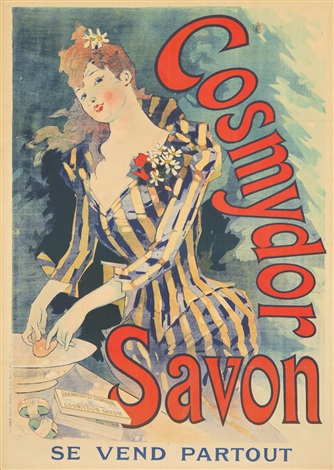Advertisement is everywhere – it permeates all aspects of society – from billboards, to pop-up ads online. Posters have become commonplace, but things weren’t always this way. For this, we can thank Jules Chéret – the Parisian father of poster design.
Despite coming from a humble background, Chéret received an extensive education in lithography, beginning at the age of 13. He was also interested in art, however, and studied paintings in museums while taking courses at the École Nationale de Dessin. At the age of 23, he travelled to London to enhance his experience in lithography; he began designing book jackets, posters, and packaging. The funds received from a particular perfume packaging commission allowed him to return to Paris and found his own lithography firm.


Chéret was his own boss; this allowed him to create whatever he wanted, however he wanted, with no interference. His work began to rise in popularity, along with the subjects of the majority of his posters – women. The women portrayed in Chéret’s posters are carefree, jubilant, and lively, yet elegant. Before this, women were typically illustrated to be either prostitutes or puritans – nothing else. Chéret broke these conventions, emancipating Parisian women in a sense; women could act more freely and do things that were previously prohibited. The women in his advertisements were called “Chérettes”, and Jules was named the “father” of the women’s liberation.
As far as his work is concerned, Chéret pulled from many different influences throughout his career. He began his career with busy pieces, featuring elaborate decorations that were popular at the time. Eventually, his work moved to a simpler direction, using a big subject as the focal point of a piece, with a simple background and typography supporting it – not fighting with it for dominance. Chéret was greatly inspired by rococo and baroque styles, as well as the flat colours used in ukiyo-e; he also painted directly on the stone for his lithographs, creating a more dynamic and lively image.
Jules Chéret lived a very full life; he completed over 1000 poster and product designs, in his 96 years. Making a huge splash in graphic design, he inspired a new type of advertising posters – where the poster itself is a work of art.
